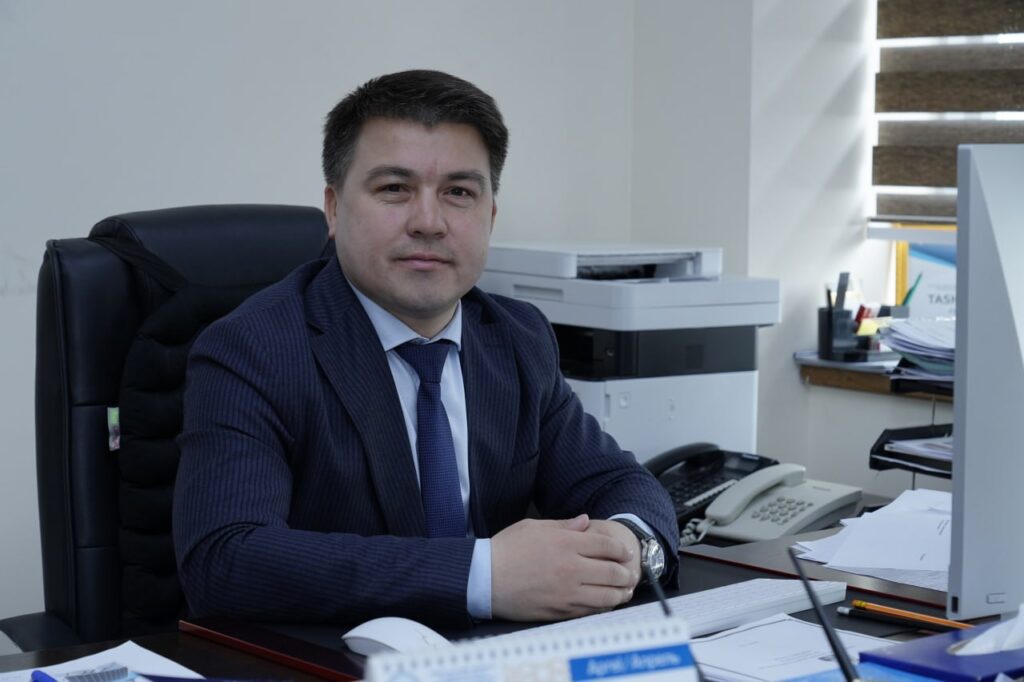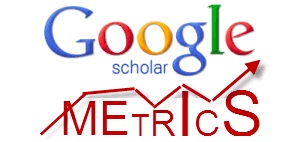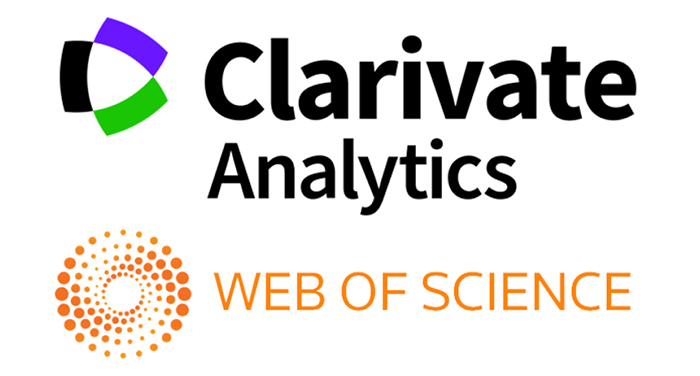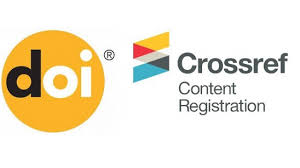THE IMPORTANCE OF THE FLIPPED CLASSROOM MODEL TO IMPROVE STUDENTS' SPEAKING COMPETENCE IN HIGHER EDUCATION: A FOCUS ON LANGUAGE TEACHING MAJORS
Abstract
The flipped classroom model, increasingly adopted in language education, plays a critical role in enhancing fluency for higher education
students in language-teaching programs. This study examines how the flipped classroom model, where content is taught outside of class
and interactive activities occur during class, fosters engagement, autonomy, and language proficiency. It enhances language immersion,
peer interaction, and personalized learning, contributing to improved fluency. The paper also suggests ways to integrate flipped
classroom techniques into language curricula
References
2. Hao, Y., & Lee, W. (2016). "The flipped classroom: A survey of the research." Journal of Educational Technology Development and Exchange, 9(1), 1-12.
3. Bishop, J. L., & Verleger, M. A. (2013). The flipped classroom: A survey of the research. In 120th ASEE Annual Conference & Exposition. American Society for Engineering Education.
4. Sundararajan, V., & Shankar, M. (2018). "Flipped learning and language acquisition: An integrative review." Language Teaching Research, 22(3), 338-357.
5. Zainuddin, Z., & Perera, C. (2019). "The effects of flipped classroom on students' language achievement." Language Learning & Technology, 23(1), 1-19.
6. Tucker, B. (2012). "The flipped classroom: Online instruction at home frees class time for learning." Education Next, 12(1), 82-83.
7. Taguchi, N. (2017). Exploring the flipped classroom model in language education. TESOL Quarterly, 51(3), 622-640.
8. Johnson, L., & Adams Becker, S. (2014). The NMC Horizon Report: 2014 Higher Education Edition. The New Media Consortium.
9. Muir, W. (2016). Flipping the language classroom: A model for maximizing interaction and learning. Language Learning & Technology, 20(2), 24-42.
10. Keengwe, J., & Kidd, T. T. (2013). Towards effective integration of technology in higher education classrooms: A study of flipped classroom. Educational Technology & Society, 16(2), 99-107.
Copyright (c) 2025 News of the NUUz

This work is licensed under a Creative Commons Attribution-NonCommercial-ShareAlike 4.0 International License.


.jpg)

1.png)







